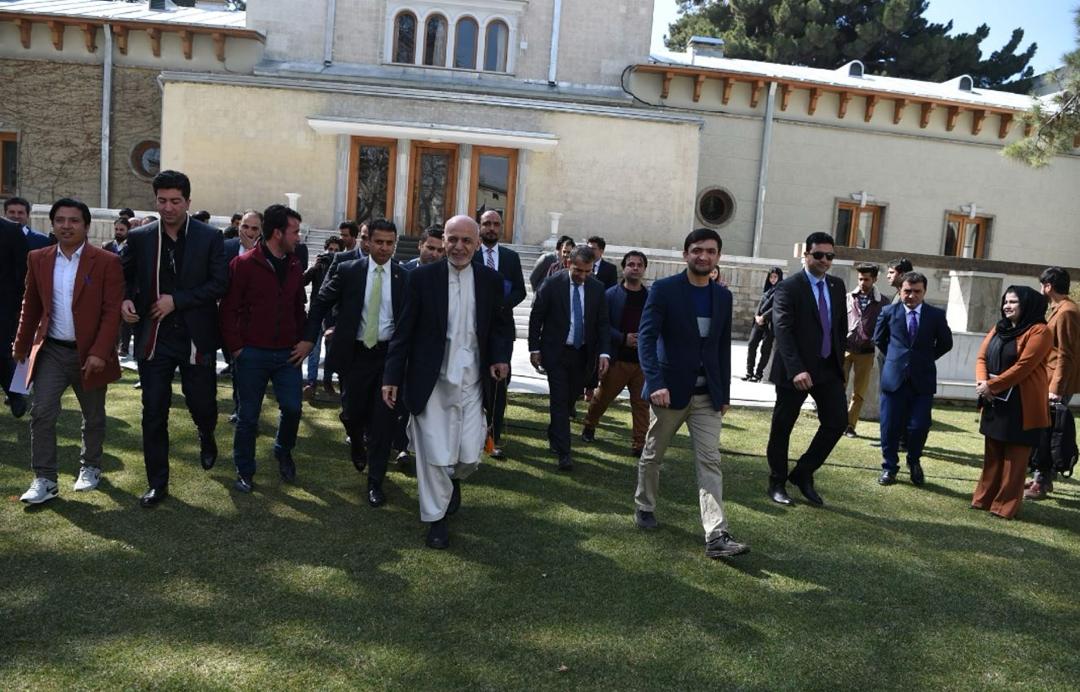Youth might be a term that encapsulates the dynamic force of young individuals and their capacity to drive change. Historically, young people have been at the forefront of social movements, technological advancements, and cultural shifts. From the civil rights movements of the 1960s to the climate activism of today, youth might has proven to be a powerful catalyst for progress. This article delves into the various ways in which youth might manifests, its implications for society, and its potential for fostering a more equitable and sustainable future.
Historical Context:
Throughout history, young people have played pivotal roles in shaping the course of events. The student protests of the 1960s, for instance, were instrumental in challenging established norms and advocating for civil rights, gender equality, and peace. Similarly, the Arab Spring of the early 2010s demonstrated the power of youth might in mobilizing for political change. These historical examples underscore the importance of recognizing and harnessing the potential of young people in addressing contemporary challenges.
Sociological Perspectives:
From a sociological standpoint, youth might can be understood through the lens of generational theory. Each generation brings with it unique values, attitudes, and experiences that influence societal norms and behaviors. The millennial generation, for example, has been characterized by its emphasis on inclusivity, environmental consciousness, and digital connectivity. These traits have had a profound impact on various sectors, including education, business, and politics. By examining the sociological dimensions of youth might, we can better appreciate the ways in which young people contribute to the evolution of society.
Psychological Dimensions:
Psychologically, youth might be rooted in the developmental stage of adolescence and early adulthood, a period marked by exploration, identity formation, and a desire for autonomy. This stage of life is often associated with heightened creativity, resilience, and a willingness to take risks. These psychological traits enable young people to challenge the status quo, innovate, and envision new possibilities. Understanding the psychological underpinnings of youth might can inform strategies for empowering young people and fostering their leadership potential.
Implications for Society:
The recognition of youth might have significant implications for various sectors, including education, policy-making, and community development. Educational institutions, for instance, can play a crucial role in nurturing the talents and aspirations of young people by providing opportunities for critical thinking, collaboration, and civic engagement. Policymakers, on the other hand, can leverage youth might by involving young people in decision-making processes and addressing issues that directly affect them, such as education, employment, and mental health.
Global Perspectives:
On a global scale, youth might be increasingly being recognized as a driving force for sustainable development. The United Nations’ Sustainable Development Goals (SDGs) emphasize the importance of engaging young people in efforts to combat poverty, inequality, and climate change. Initiatives such as the UN Youth Strategy and the Global Youth Mobilization for COVID-19 highlight the critical role of young people in achieving these goals. By fostering global solidarity and collaboration, youth might can contribute to a more just and sustainable world.
In conclusion, youth might represent a powerful and transformative force that has the potential to shape the future of society. By understanding the historical, sociological, and psychological dimensions of youth might, we can better appreciate the contributions of young people and create opportunities for their empowerment. As we navigate the complexities of the 21st century, it is essential to recognize and harness the potential of youth might in building a more inclusive, innovative, and sustainable world.
References:
- Mannheim, K. (1952). The Problem of Generations. In P. Kecskemeti (Ed.), Essays on the Sociology of Knowledge (pp. 276-322). Routledge.
- United Nations. (2018). Youth Strategy 2030: The United Nations Youth Strategy. Retrieved from https://www.un.org/youthenvoy/youth-strategy/
- Arnett, J. J. (2000). Emerging Adulthood: A Theory of Development from the Late Teens Through the Twenties. American Psychologist, 55(5), 469-480.
- UNESCO. (2014). Global Youth Mobilization for COVID-19. Retrieved from https://en.unesco.org/news/global-youth-mobilization-covid-19

Great insights! If you enjoy simple but addictive games, you’ll love Chrome Dino – it’s been entertaining over 270 million players monthly.